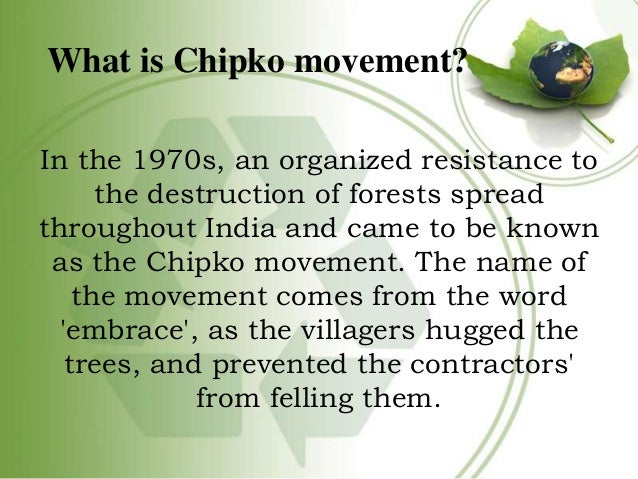
Image via Google
The idea that people are prepared to hug trees to save them from being felled excited and enthused so many people across the country, that it built the foundation for a nationwide environmental concern and a whole generation of home-grown environmentalists. Given the fact that there was a powerful environmental concern growing in the West, there would have been, sooner or later, a fallout of this Western phenomenon in India. But this country did not have to wait for it. Chipko had a deep intellectual impact and helped to resolve the conflict between the concepts of development and environmental protection, without which the environment concern could not have come to enjoy a reasonably widespread acceptance in a poor, developing country.
Whereas Indira Gandhi had told the 1972 Stockholm Conference in no uncertain terms that “poverty is the biggest polluter”, Chipko told Indians and the rest of the world that it is the…DOWN TO EARTH



